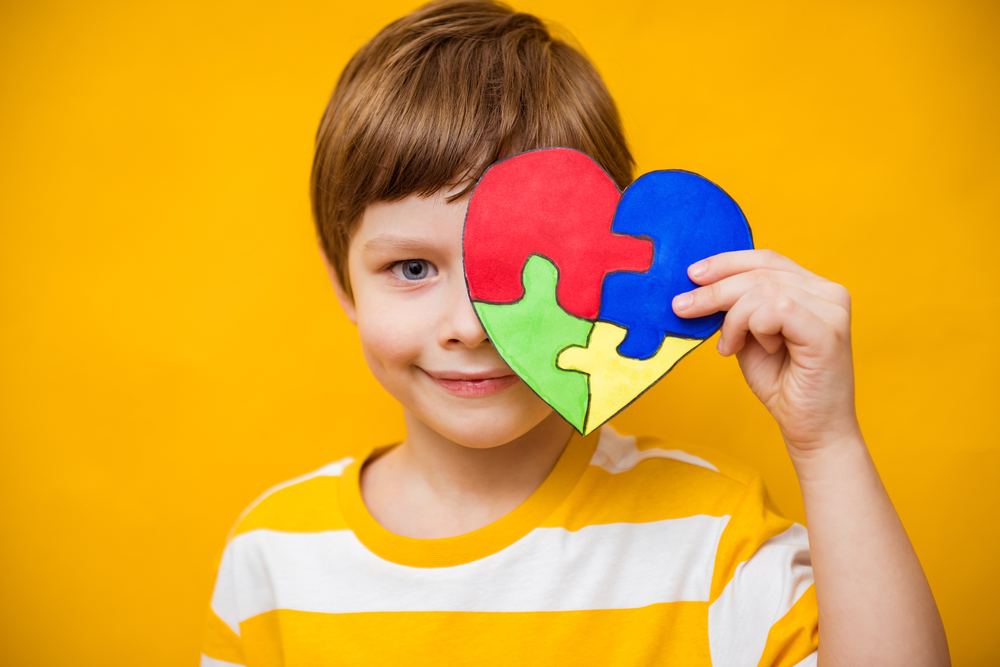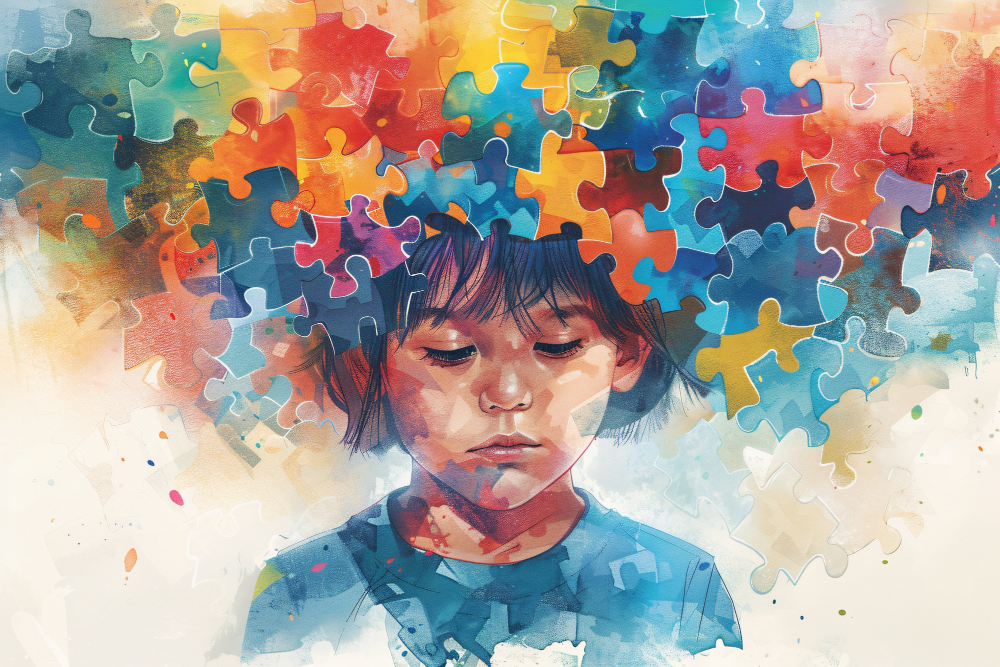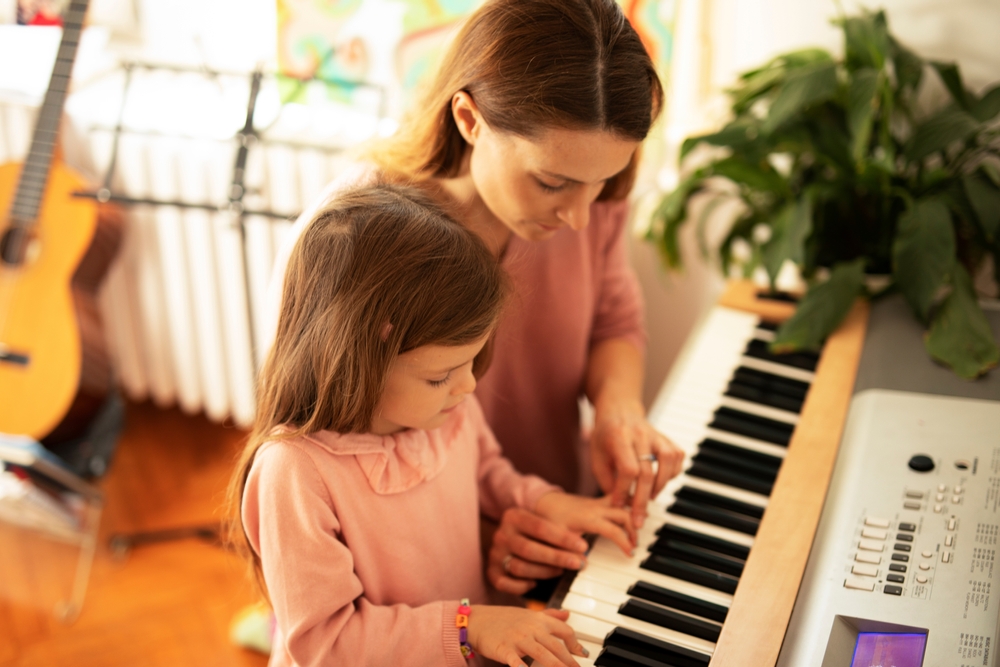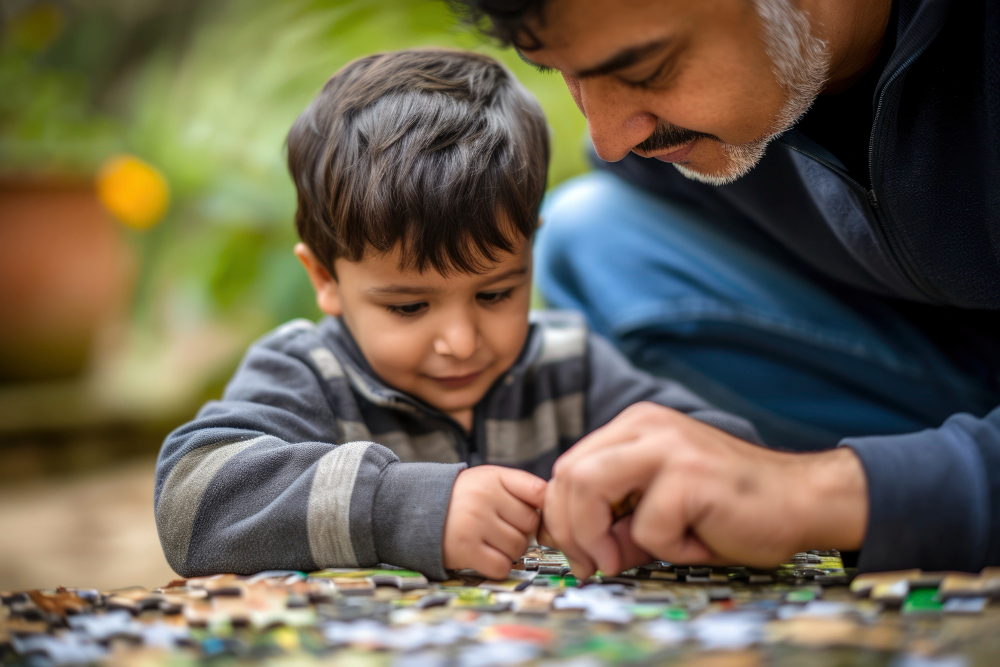Researchers Have Now Identified Four Distinct Types of Autism

For decades, the word “autism” has been one such label. We’ve been told it’s a “spectrum,” a vast and mysterious line from “mild” to “severe.” This idea gave rise to a saying you’ve probably heard: “If you’ve met one person with autism, you’ve met one person with autism.”
While this phrase captures a beautiful truth about individuality, it also highlights a deep and frustrating mystery. How can one diagnosis cover such a vast range of human experiences, from a nonverbal child who finds comfort in repetitive motion to a university professor with a photographic memory? This question has left families searching for answers and scientists struggling to find effective, personalized ways to help. It’s a classic case of a one-size-fits-all approach that fits no one perfectly.
But what if we’ve been looking at the map all wrong? What if the autism spectrum isn’t a single line, but a constellation of different stars, each with its own light, its own story, its own unique place in the universe? A groundbreaking study is offering us a new map, and it has the potential to change everything.
A New Way of Seeing

Imagine trying to solve a jigsaw puzzle, but you don’t realize the pieces you have come from four different boxes. You’d struggle to see the full picture, wouldn’t you? For years, this is how researchers have approached autism, trying to force mismatched pieces together.
A landmark study published in the journal Nature Genetics by a team from Princeton University and the Simons Foundation decided to try a new approach. Instead of focusing on single traits, they adopted a “person-centered” model. This means they looked at the whole, complete individual. Using detailed information from over 5,000 autistic children in the SPARK research cohort, they used a sophisticated computer model to analyze hundreds of traits at once—social abilities, developmental milestones, co-occurring conditions, and more.
They didn’t start with preconceived notions. They let the data speak for itself. And what it revealed was not one single picture, but four distinct ones. As co-lead author Natalie Sauerwald explained, the findings reveal “not just one biological story of autism, but multiple distinct narratives.” Each narrative has its own beginning, its own challenges, and its own genetic script. By sorting the puzzle pieces into their correct boxes first, the underlying patterns finally became clear.
The Four Distinct Subtypes of Autism

The research identified four groups that are not just clinically different, but biologically different, too. They are not levels of severity, but different ways of being, each with a unique profile of strengths and needs.
- Social and Behavioral Challenges (~37% of the group): Individuals in this group experience the core challenges of autism in social communication and may have repetitive behaviors. What sets them apart is a high rate of co-occurring conditions like ADHD, anxiety, and depression that often emerge later in childhood. Critically, they typically reach their early developmental milestones, like walking and talking, on time. Their genetic profile is linked to genes that become active after birth, which aligns with their developmental story of a smooth start followed by later-appearing struggles.
- Mixed ASD with Developmental Delay (~19% of the group): This group is almost the inverse of the first. The defining feature here is a significant delay in early milestones like speaking their first words or learning to walk. However, in stark contrast to the first group, they typically do not show high rates of internalizing conditions like anxiety or depression. Their genetic signature is also unique, showing a strong link to rare inherited genetic variants. This provides a biological explanation for why autism often “runs in families,” passed down through generations.
- Moderate Challenges (~34% of the group): This group is characterized by a milder clinical presentation of the core autism traits. Like the first group, they generally meet their developmental milestones on time and have a low prevalence of co-occurring psychiatric conditions. Their genetic profile is associated with disruptions that occur before birth but in genes considered less critical for fundamental biological functions, perhaps explaining the less intense nature of their challenges.
- Broadly Affected (~10% of the group): This group, the smallest in the study, faces the most extensive challenges across nearly every area measured, including significant developmental delays and a high burden of co-occurring conditions. Their genetic signature is marked by the highest number of damaging de novo mutations—spontaneous genetic changes that are not inherited from either parent, meaning their genetic story truly begins with them.
Precision Support for Autism

This research does more than just create new categories; it shatters the old, unhelpful model of a single, linear spectrum. It validates the lived experience of countless families who knew that autism was not one thing, but many. This new understanding is the foundation for what is known as “precision medicine.”
But this isn’t about finding a “cure.” It’s about creating precision support.
Think of it like this: if a doctor knows the precise type of infection you have, they can give you the right antibiotic. In the same way, understanding a child’s subtype can provide a “roadmap” for their life, offering clues about the road ahead.
As co-author Jennifer Foss-Feig explains, this knowledge could help families and clinicians “better anticipate their developmental journey and prepare for future needs.”
For a child in the “Social and Behavioral Challenges” group, this might mean proactively monitoring for anxiety and providing mental health support before it becomes a crisis. For a child in the “Mixed ASD with DD” group, it could mean prioritizing early and intensive speech and occupational therapies to build a strong foundation for communication. It’s about moving from a reactive approach to a proactive one, where support is tailored to the individual’s unique biological narrative from the very beginning.
Beyond Biology: The Human Element

It’s easy to get lost in the science, in the genetics, in the data. But we must remember a fundamental truth: a person is not a diagnosis. A person is not their biology. These subtypes are a map, but they are not the territory. The map is a guide, a tool to help us navigate, but the individual is the living, breathing, beautiful landscape itself—full of mountains of strength, valleys of challenge, and rivers of untapped potential.
This new knowledge doesn’t define a person’s destiny; it illuminates their path. A genetic blueprint might provide the raw materials, but it is the human spirit—the spark of personality, the force of will, the capacity for love and joy—that is the true architect of a life.

Knowing the subtype doesn’t tell you about a child’s sense of humor, their passion for dinosaurs, the way they light up when they hear their favorite song, or the unique gifts they have to offer the world.
So while we celebrate this scientific leap forward, let’s hold on to this truth. The goal of this knowledge is not to put people into smaller, more specific boxes. The goal is to better understand how to give each person the tools they need to build a life of their own design, a life filled with purpose, connection, and happiness. It’s about honoring both the science that explains their challenges and the humanity that makes them who they are.
Seeing the Person, Not Just the Label

Of course, with any new set of labels comes a risk. There is a valid concern, especially from autistic self-advocates, that these subtypes could be used to create new hierarchies or deny people support. This is a fear born from a history where labels like “high-functioning” or “low-functioning” have been used to limit, rather than to empower, often ignoring a person’s true needs.
This is where we all have a choice. We can see this research as a tool to create more boxes to put people in, or we can see it as a key to unlock a deeper understanding and a more compassionate response.
This breakthrough is not the final answer, but a new beginning. It’s an invitation to stop looking at people through the lens of a single, broad label and to start seeing their individual story. It’s a call to listen more closely, to support more precisely, and to build a world that doesn’t just tolerate neurodiversity, but truly understands and embraces it in all its forms.
Source:
- Litman, A., Sauerwald, N., Snyder, L. G., Foss-Feig, J., Park, C. Y., Hao, Y., Dinstein, I., Theesfeld, C. L., & Troyanskaya, O. G. (2025b). Decomposition of phenotypic heterogeneity in autism reveals underlying genetic programs. Nature Genetics. https://doi.org/10.1038/s41588-025-02224-z
Loading...

